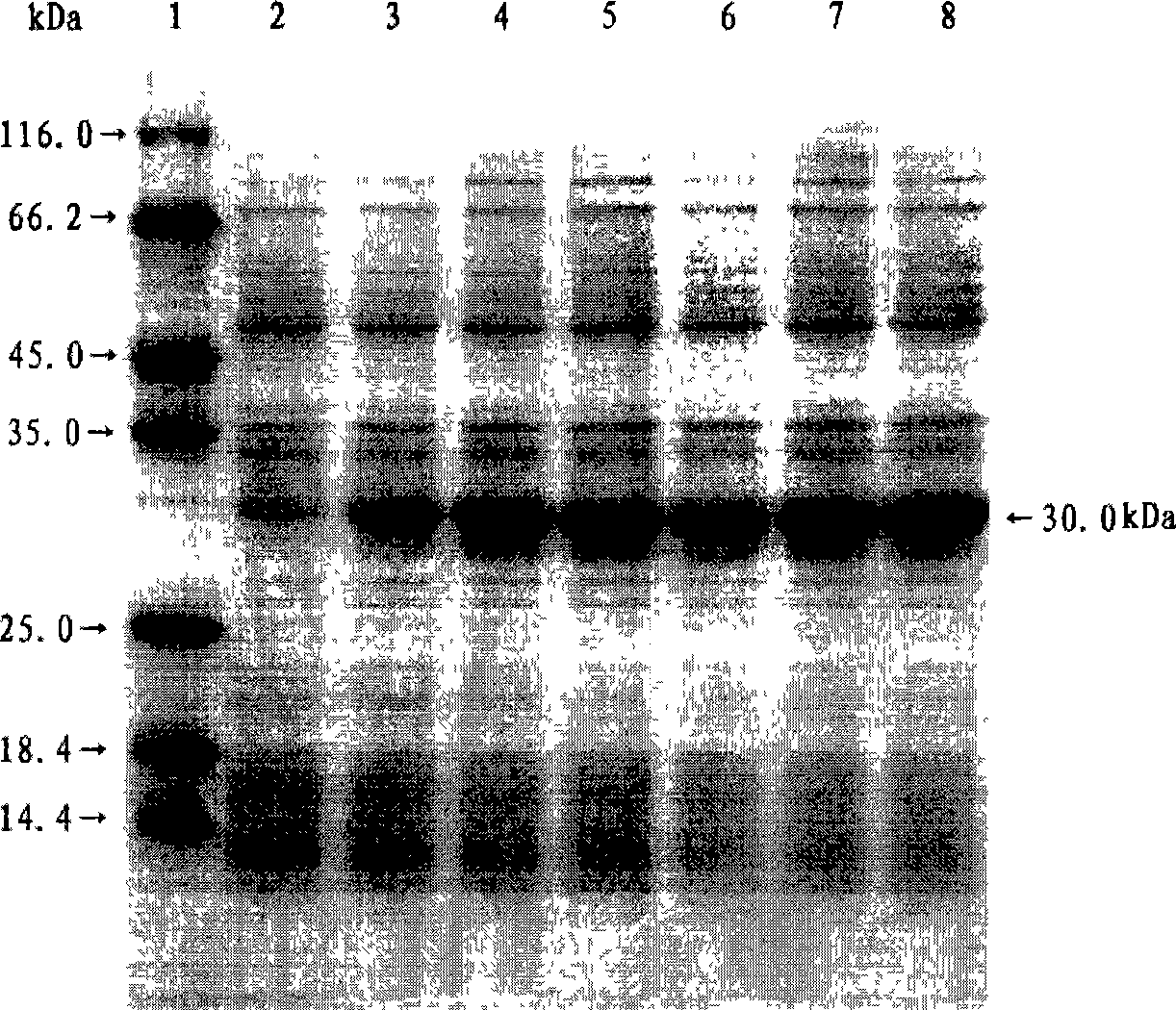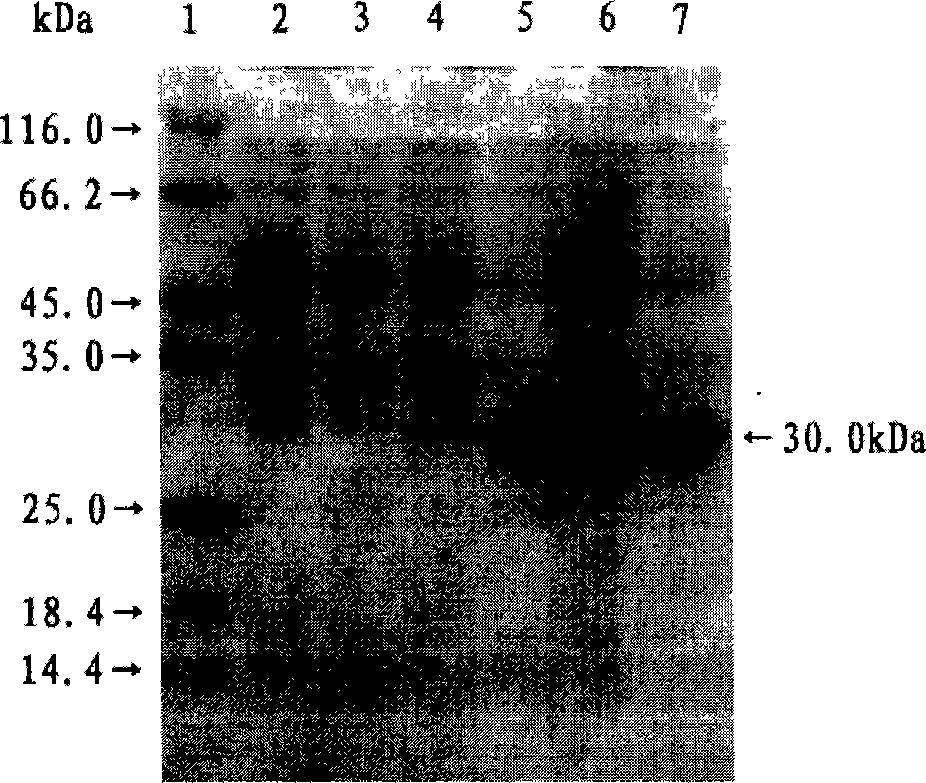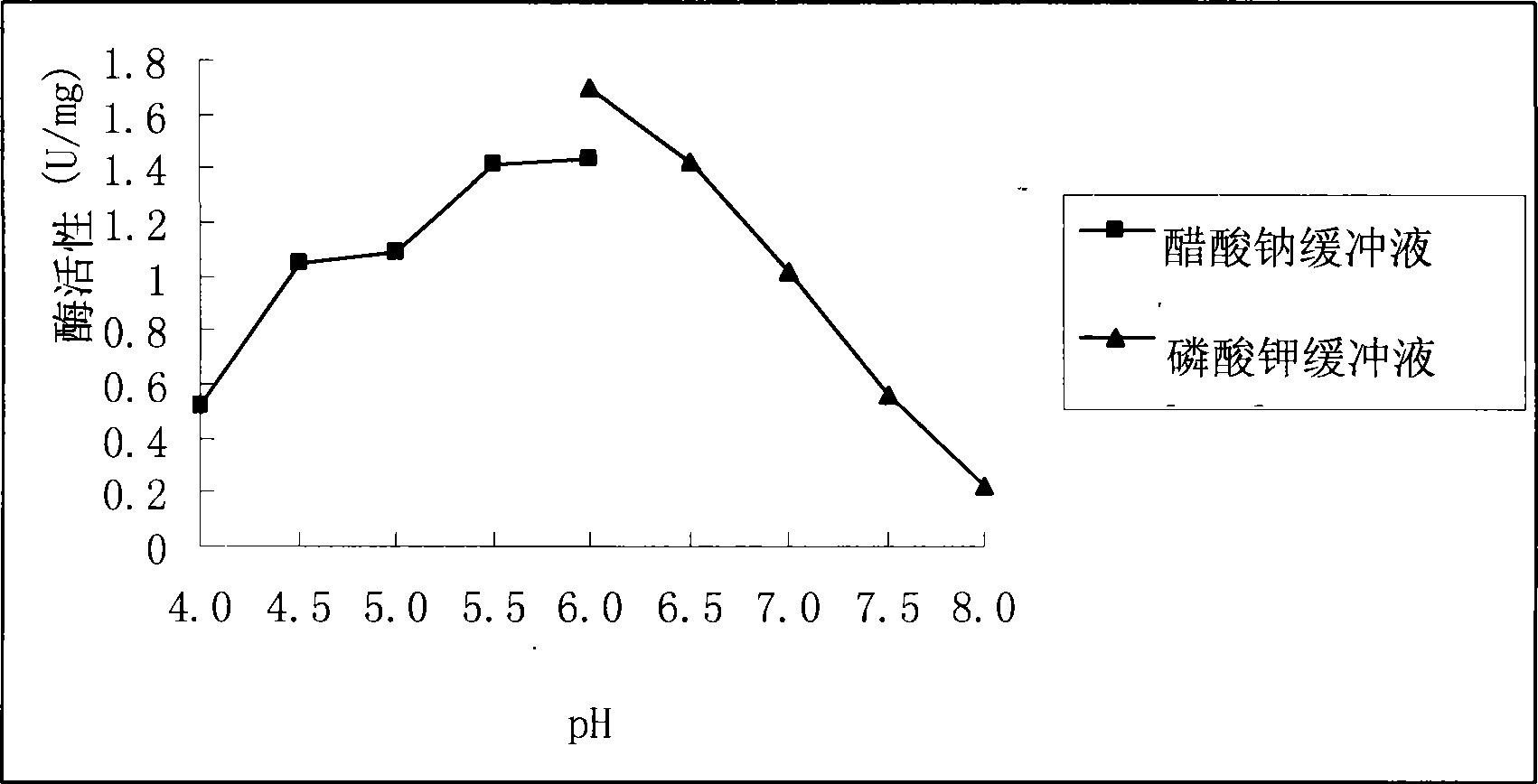Di-carbonyl reduction enzyme, its gene and uses thereof
A carbonyl reductase and reductase technology, applied in oxidoreductase, application, genetic engineering and other directions, can solve the problems of ignorance and no direct evidence of the complete gene and protein sequence, and achieve high efficiency, selectivity and high selectivity. sexual effect
- Summary
- Abstract
- Description
- Claims
- Application Information
AI Technical Summary
Problems solved by technology
Method used
Image
Examples
Embodiment 1
[0033] Example 1: Cloning of the double carbonyl reductase gene
[0034] 1. Strains and culture conditions
[0035] The strain Acinetobacter sp.ATCC33305 was purchased from ATCC in the United States and grown in the medium according to the instructions. The grown strain was stored in a glycerol cryopreservation tube at -70°C.
[0036] Use LB medium (basic components: 10g tryptone, 5g yeast extract, 10g NaCl per liter) for glycerol cryopreservation tubes to culture at 37°C and 250rpm for 20 hours, then centrifuge to collect bacteria, use SDS plus lysozyme After cell disruption, genomic DNA was obtained by the phenol-chloroform method.
[0037] 2. Cloning of genes
[0038] According to the amino acid sequence of the N-terminal part of double carbonyl reductase TGITNVTV (primer NO.1: 5'-ACIGGIATIACIAAYGTIACIGTI-3') and the known intermediate peptide sequence GELAPAK (primer NO.2: 5'-GGIGARCTRGCICCIGCIAAR-3') Design a random primer set, where "A", "G", "C", "T", and "I" represe...
Embodiment 2
[0040] Example 2 Expression of dicarbonyl reductase
[0041] To facilitate the expression of the double carbonyl reductase gene, compatible restriction sites were designed at the 5' and 3' ends of the oligonucleotide primers. The primer pair is primer NO.3 (5'-ATACGTGC CATATG ACCGGCATCACGAATGTCACCGTTCT3')
[0042]and primer NO.4
[0043] (5'-ATACGTGCAGATACGTGCA GGATCC TCAGTACCGGTAGAAGCCCTCG-3'), with NdeI and BamHI restriction sites, respectively. The 5.2kb KpnI DNA fragment was used as a template, and primer No. 3 and primer No. 4 were used as a primer pair for PCR amplification. After agarose gel electrophoresis, use the gel back kit to recover the target gene of the ligated primer. Use NdeI and BamHI to digest the target gene and pET22b(+) plasmid at the same time, and perform ligation reaction with T4 DNA ligase. After purification, the ligation product is transformed into the competent strain of Escherichia coli BL21(DE3), and spread on the 100 μg / ml ampicillin LB...
Embodiment 3
[0046] Example 3 Determination of the activity of dicarbonyl reductase
[0047] The activity of dicarbonyl reductase is measured by two methods of HPLC and ultraviolet absorption, and the method and results of its measurement are as follows:
[0048] 1 HPLC method
[0049] The reaction system used in this method is:
[0050] Dicarbonyl substrate 2.5mM
[0051] NAD + 0.5mM
[0052] Formate Dehydrogenase 2U
[0054] Dicarbonyl reductase 0.1-2mg
[0055] Make up to a final volume of 0.5 ml with 0.1 M pH 6.0 phosphate buffer. The reaction was carried out at 28° C. and 200 rpm for 18 h, and then terminated with an equal volume of ethanol. Mix well and centrifuge for 5 min. The supernatant is used for HPLC (Shimadzu, Japan) detection, and the elution solvent is A. water containing 0.1% TFA; B. acetonitrile containing 0.1% TFA. The gradient of HPLC elution is 20-90% B, and the gradient time is 12min. The activity of the...
PUM
 Login to View More
Login to View More Abstract
Description
Claims
Application Information
 Login to View More
Login to View More - R&D
- Intellectual Property
- Life Sciences
- Materials
- Tech Scout
- Unparalleled Data Quality
- Higher Quality Content
- 60% Fewer Hallucinations
Browse by: Latest US Patents, China's latest patents, Technical Efficacy Thesaurus, Application Domain, Technology Topic, Popular Technical Reports.
© 2025 PatSnap. All rights reserved.Legal|Privacy policy|Modern Slavery Act Transparency Statement|Sitemap|About US| Contact US: help@patsnap.com



